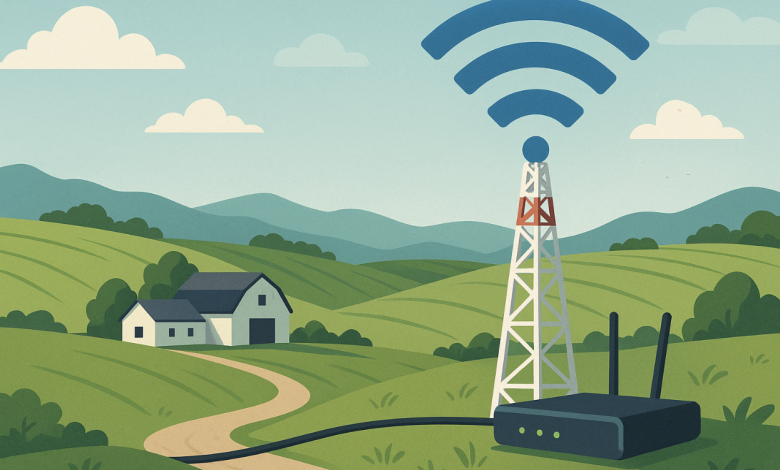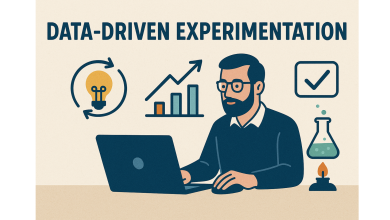
The NTIA recently reported that approximately 15% percent of American households lack access to high-speed Internet service. A digital divide persists in the U.S., even as federal broadband benchmarks have quadrupled since 2015, jumping from 25 Mbps download speeds to today’s 100 Mbps standard. While nearly all urban areas meet the new threshold, only 72% of rural communities can make the same claim. Many households remain disconnected, not only from fast internet, but in turn from full participation in modern education, healthcare, and economic opportunity. While some public funding exists, private funding from firms like American Infrastructure Partners is needed to fill the gap.
Economic, Educational, and Health Costs of Poor Connectivity
The American Society of Civil Engineers gave broadband infrastructure a “C+” grade in their 2025 Infrastructure Report Card, noting that despite $2.2 trillion in private sector investment since 1996, 10% of households remain disconnected from the digital economy. Research by Telecom Advisory Services estimates that if broadband adoption and speeds had stayed at 2010 levels, the U.S. economy would have lost $1.3 trillion in growth through 2020.
Rural counties where broadband adoption exceeds 80% show 18% higher per capita income growth, 10% higher self-employment growth, and 44% higher GDP growth compared to underserved regions, according to Center on Rural Innovation research. Meanwhile, a Purdue University study of broadband investment in the state of Indiana found that each dollar invested returned four dollars to local economies.
There are also real educational consequences of inferior internet access, with modern education increasingly relying on online homework assignments and supplemental activities.
Health impacts compound the problem. Telehealth has been a source of measurable positive mental and physical health outcomes, providing access for those with limited mobility or ease of access to in-person treatment. But it’s usefulness depends on reliable internet access, with video appointments requiring high-quality broadband service.
American Infrastructure Partners’ Broadband Funding Model
Some have argued that federal responses have not kept pace with need. The Infrastructure Investment and Jobs Act committed $65 billion for broadband expansion (including $42 billion through the BEAD program), but this funding is spread across states and over several years, amounting to more modest annual allocations per state.
American Infrastructure Partners, a firm that uses private funding to partner with communities on infrastructure development, is offering another approach.
By deploying a hybrid wireless model through its local2u platform, American Infrastructure Partners can potentially reach underserved rural households more quickly and with lower capital burden than pure fiber builds. The company’s “airfiber” service in West Virginia is listed at about $45/month, with download speeds up to 2 Gbps and upload speeds up to 100 Mbps. Because it can lean on line-of-sight links, CBRS, and other wireless technologies, local2u can avoid some of the cost and delay of trenching fiber across remote terrain.
Infrastructure as Social and Educational Foundation
Bob Hellman, CEO of American Infrastructure Partners, often highlights that infrastructure deficits go far beyond roads and bridges. In a recent op-ed, he observes:
“Collapsing bridges and impassable highways are unfortunately only the beginning of the country’s infrastructure problem. A far less visible but equally urgent investment gap looms in social infrastructure—facilities like school and hospital buildings, affordable housing units, and community centers that sustain the American economy and workforce.”
Too many classrooms suffer from inadequate ventilation, unreliable internet connectivity … which impairs student concentration and learning,” he wrote.
Hellman estimates there is a $2.6 trillion investment shortfall in modernizing essential social infrastructure facilities in the next decade.
While AIP’s model demonstrates what is possible at smaller scale, scaling remains difficult. Many financing structures default to large projects, leaving mid-sized or local efforts without attractive capital. Regulatory requirements—such as mandating fiber even when wireless alternatives are viable—create cost and timing burdens.
To close the digital divide, policy reforms may be necessary including more streamlined permitting and better alignment of federal support with locally feasible deployment models.
The broadband “C+” grade reveals a certain level of systemic neglect of rural America’s digital and social infrastructure. But lower-cost technologies combined with creative public-private financing have the potential to deliver results quickly.
Ensuring that leadership is accountable, efficient, and focused on communities will determine whether rural America remains on the wrong side of the digital divide, or whether it finally starts to catch up.




